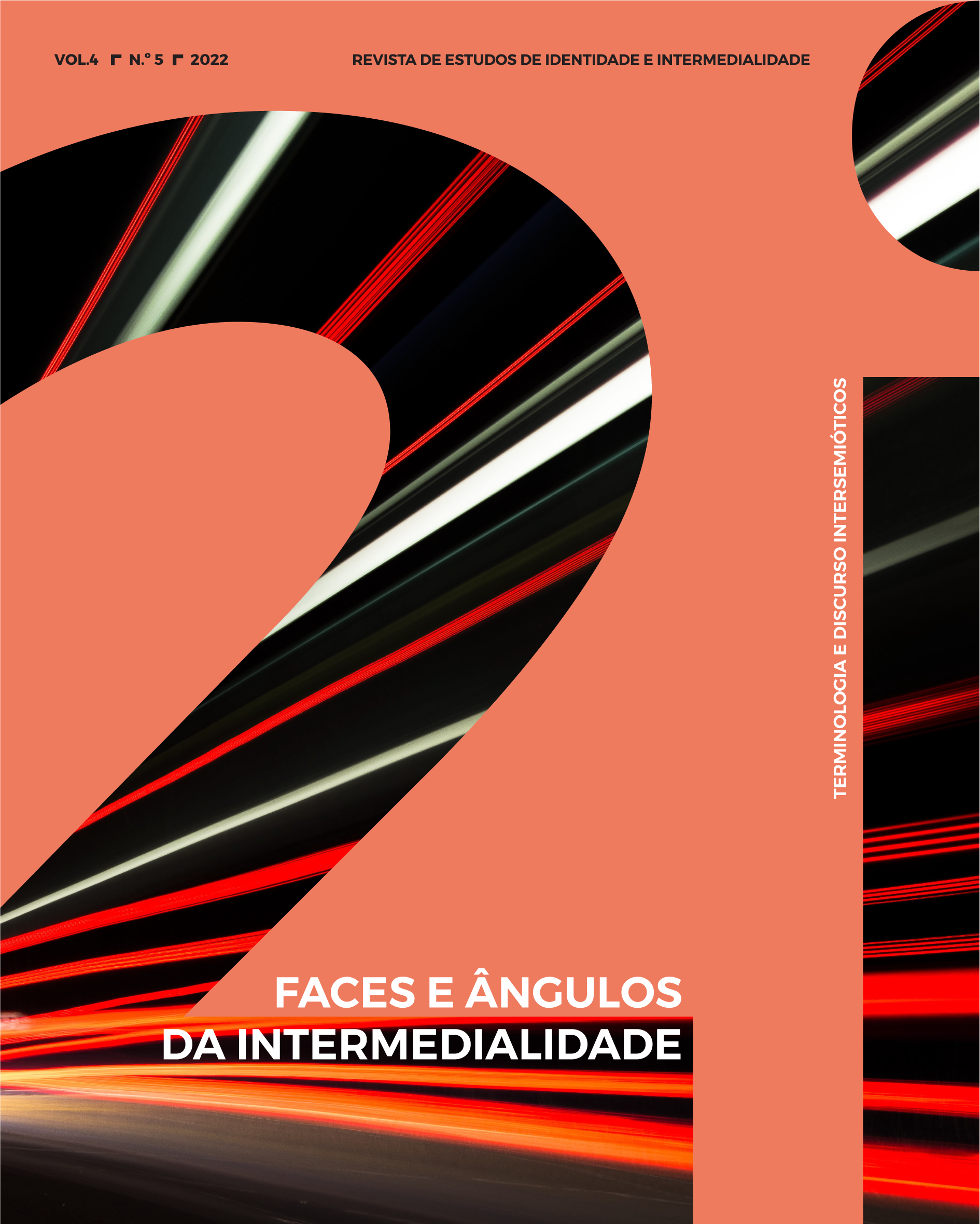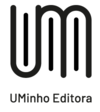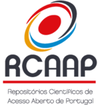Literature and communication
Media aproaches
DOI:
https://doi.org/10.21814/2i.3775Keywords:
Mediality; Intermediality; Literary Critics; Literary Theory.Abstract
In the last two centuries, human communication has changed at an exponential pace. Literature, as one of the most relevant human expressions in the history of so many cultures, complied with this rapid speed of change. However, due to historical compartmentalisations of knowledge, which have placed literary studies and communication studies in separate organizational areas, the connection between the theoretical foundations inherent in them has not yet been sufficiently researched. In spite of the analytic-comparative work provided by the recent conceptual thrust of intermedia relations, the theoretical bases that underpin the scientific work in the literary and communication fields still lack closer approximation. In order to overcome this gap, this paper proposes an initial approximation through the processes of mediation, focused differently in such fields of study. As literary theory amd criticism have essential connections, part of the lack of this kind of work is also due to the absence of curricular approaches that consider the incidence of changes in current literature, correlated to the media transformations that have occurred in recent times. Thus, although this work does not propose a punctual analysis, it will proceed to brief analytical punctuations as a form of exemplification and application of theoretical inputs.
Downloads
References
Agar, M. e Hobbs, J. (1981). Text Plans and World Plans in Natural Discourse. In Proceedings, International Joint Conference on Artificial Intelligence (pp. 190-196). Vancouver: University of British Columbia.
Auerbach, E. (1976). Mimesis: a representação da realidade na literatura ocidental. São Paulo: Perspectiva.
Burke, P. e Briggs, A. (2006). Uma história social da mídia: de Gutemberg à Internet (trad. Maria Carmelita Pádua Dias – 2ª ed.). Rio de Janeiro: Zahar.
Cabo Aseguinolaza, F. e Rábade Villar, M.C. (2006). Manual de Teoría de la Literatura. Madrid: Editorial Castalia.
Cachin, M. F.; Cooper-Richet, D.; Mollier, J. Y. e PARFAIT, C. (2007). Au bonheur du feuilleton. Paris: Creaphis.
Candido, A. (2000). Formação da literatura brasileira. Vol 1. Belo Horizonte: Itatiaia [9ª ed.]
_____ (2006). Literatura e sociedade. Rio de Janeiro: Ouro Sobre Azul.
Carvalhal, T. F. (1994). Teorias em Literatura Comparada. Revista Brasileira de Literatura Comparada, Salvador, 2(2), 9-17.
Chartier, R. (1999). A aventura do livro: do leitor ao navegador (trad. Reginaldo de Moraes). São Paulo: Unesp.
Chartier, R. e Cavallo, G. (1998). Introdução. In Chartier, R. e Cavallo, G. (orgs.). História da leitura no mundo ocidental (trad.Fúlvia Moretto, Guacira Machado e José Antônio Soares) (pp. 5-40). São Paulo: Ática.
Clüver, Claus. (2011). Intermidialidade. Pós: Revista do Programa de Pós-Graduação em Artes da Escola de Belas Artes da UFMG, 1(2), 8-23.
Compagnon, A. (1999). O demônio da teoria (trad. Cleonice Paes Barreto Mourão). Belo Horizonte: Ed. UFMG.
Debray, R. (2001). Introducción a la mediología (trad. Nuria Pujol i Valls). Buenos Aires: Paidós.
Elleström, L. (2017). Midialidade: ensaios sobre comunicação, semiótica e intermidialidade. (Organização A. C. Munari et al. / Tradução de Rafael Eisinger Guimarães et al.). Porto Alegre: EdiPUCRS.
_____ (2021). As modalidades das mídias II: Um modelo expandido para compreender as relações intermidiais (trad. Beatriz Alves Cerveira, Júlia de Oliveira Rodrigues e Juliana de Oliveira Schaidhauer). Porto Alegre: EdiPUCRS.
Flüsser, V. (2010). A escrita: há futuro para a escrita? (trad. Murilo Jardelino da Costa). São Paulo: Annablume.
Jenkins, H. (2009). Cultura da convergência (trad. Susana Alexandria. 2ª ed.). São Paulo: Aleph.
Kattenbelt, C. (2008) Intermediality in Theatre and Performance: Definitions, Perceptions and Medial Relationships. Cultura, lenguaje y representación (Revista de Estudios Culturales de la Universitat Jaume I), 6, 19-29.
Lajolo, M. (2002). O romance epistolar: o voyerismo e a sedução dos leitores. Matraga, 1(14), 61-75.
Mcluhan, M. (1972). A galáxia de Gutemberg: a formação do homem tipográfico (trad. Leônidas Gontijo de Carvalho e Anísio Teixeira). São Paulo: Editora Nacional / Editora da USP.
_____ (1974). Os meios de comunicação como extensões do homem (trad. Décio Pignatari. 4ª ed.). São Paulo: Cultrix.
Mahlknecht, J. (2012). The Hollywood Novelization: Film as Literature or Literature as Film Promotion?. Poetics Today, 2(33), 137-186.
Rajewsky, I. (2012). Intermidialidade, intertextualidade e remediação. In Diniz, T. e Vieira, A. (Org.), Intermidialidade e estudos interartes: desafios da arte contemporânea (pp. 15-45). Belo Horizonte: Editora UFMG.
Rocha, L. C. A. (1999). A nominalização no português do Brasil. Revista de Estudos da Linguagem, 8(1), 5-51.
Ryan, M. L. (1991). Possible Worlds, Artificial lntelligence, and Narrative Theory. Indianapolis: Indiana University Press.
Santaella, L. (2003). Cultura e artes do pós-humano: da cultura das mídias à cibercultura. São Paulo: Paulus.
Siméon, S. (2017) Efeitos de presença: estratégias do filme-teatro?. Revista Brasileira de Estudos da Presenca, 7(3), 573-600.
Souza, R. A. (2011a). Crítica literária: seu percurso e seu papel na atualidade. Floema, 7(8), 29-38.
_____ (2011b). Os estudos literários: fim(ns) e princípio(s). Itinerário, 33, 15-38.
Trizotti, P. T. (2016). Ao pé da página: o espaço tipográfico do folhetim na imprensa paulistana (1851–1946). Tese de Doutoramento em História – Universidade Estadual Paulista, Assis, Faculdade de Ciências e Letras.
Downloads
Published
Versions
- 2022-07-01 (3)
- 2022-06-22 (2)
- 2022-06-17 (1)
How to Cite
Issue
Section
License
Copyright (c) 2022 Cristine Mattos

This work is licensed under a Creative Commons Attribution-NonCommercial 4.0 International License.


.jpg)










